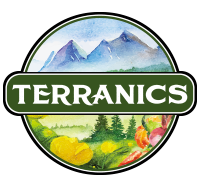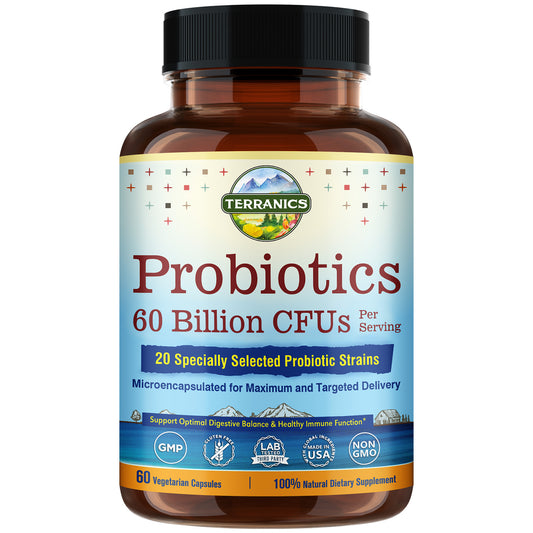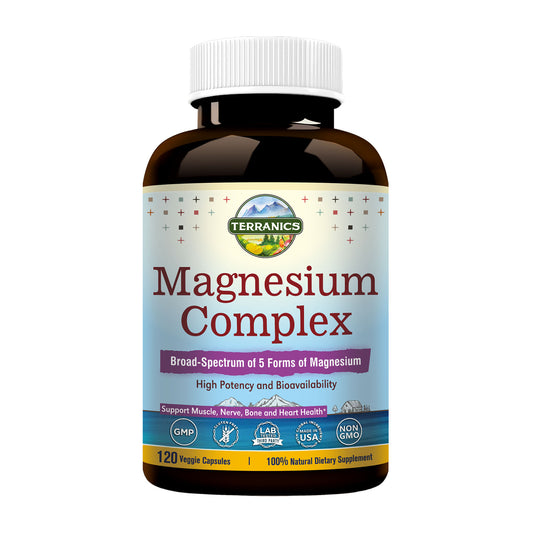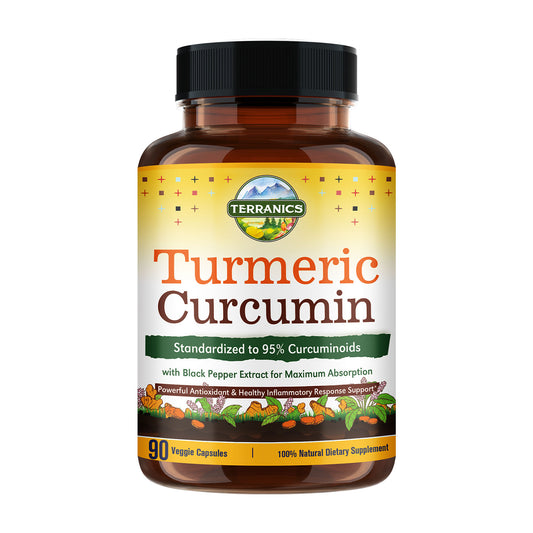
Iron is an essential mineral that plays a crucial role in maintaining overall health and well-being. It is a key component of hemoglobin, the protein responsible for carrying oxygen throughout the body. Iron also supports the immune system, aids in energy production, and promotes cognitive function. Iron deficiency can lead to fatigue, weakness, and impaired immune function. To ensure you meet your daily iron requirements, incorporate these delicious and nutritious foods into your diet.
Lean Red Meat: A Wholesome Source of Iron

Lean red meat, such as beef, lamb, and veal, is one of the best sources of iron. These meats contain heme iron, which is highly bioavailable and easily absorbed by the body. In addition to iron, red meat also provides high-quality protein, essential amino acids, and various vitamins and minerals. A 3-ounce serving of beef provides approximately 2.1 milligrams of iron, making it an excellent choice for meeting your daily iron needs.
Shellfish: A Seafood Delight Packed with Iron

Shellfish, including clams, oysters, and mussels, are not only delicious but also packed with iron. They boast a high nutrient density, providing not only iron but also zinc, vitamin B12, and omega-3 fatty acids. For example, a 3-ounce serving of cooked clams contains about 24 milligrams of iron, which is more than the daily recommended intake for most individuals. Including shellfish in your diet can help ensure you meet your iron requirements while enjoying a delightful seafood feast.
Legumes: Powerhouse of Plant-Based Iron

Legumes, including lentils, chickpeas, and kidney beans, are a fantastic plant-based source of iron. They are also rich in fiber, protein, and other essential nutrients. Incorporating legumes into your meals can provide a significant amount of iron, especially for vegetarians and vegans. A cup of cooked lentils provides around 6.6 milligrams of iron, making them an excellent choice for boosting your iron intake while enjoying a variety of flavorful dishes.
Spinach: A Leafy Green Iron Champion

Leafy green vegetables like spinach are not only loaded with vitamins and minerals but are also a good source of iron. A cup of cooked spinach contains approximately 6.4 milligrams of iron. However, it's important to note that the iron in plant-based foods is non-heme iron, which is not as easily absorbed by the body compared to heme iron. To enhance iron absorption, pair spinach with foods rich in vitamin C, such as citrus fruits or bell peppers. This combination can significantly improve the absorption of non-heme iron, ensuring you reap the maximum benefits.
Nuts and Seeds: Iron-Packed Snacking Options

Nuts and seeds, such as pumpkin seeds, almonds, and sesame seeds, are not only a convenient and nutritious snack but also a great source of iron. They are also high in other minerals like magnesium, zinc, and copper, which contribute to overall health. A quarter-cup of pumpkin seeds provides around 2.5 milligrams of iron, making them a tasty and iron-rich addition to your diet. Enjoy them as a snack on their own, sprinkle them over salads, or use them as a crunchy topping for roasted vegetables.
Quinoa: A Versatile Grain with Iron Power

Quinoa is a versatile and gluten-free grain that offers a considerable amount of iron. It is also a complete protein, containing all nine essential amino acids. A cup of cooked quinoa supplies approximately 2.8 milligrams of iron and can be used as a base for salads, stir-fries, or as a side dish. Quinoa is not only a delicious and nutritious grain but also a fantastic option for individuals seeking to increase their iron intake while enjoying a diverse range of meals.
Dark Chocolate: A Surprising Iron-Rich Indulgence

Yes, you read that right! Dark chocolate with a high cocoa content is not only delicious but also a surprising source of iron. A 1-ounce serving of dark chocolate contains about 3.3 milligrams of iron. Opt for dark chocolate with at least 70% cocoa for maximum health benefits. However, moderation is key, as dark chocolate is also calorie-dense. Enjoy a small piece as an occasional treat, relishing both its rich flavor and its contribution to your iron intake.
Conclusion
Iron is a vital nutrient for maintaining optimal health. By incorporating these iron-rich foods into your diet, you can ensure you meet your daily iron requirements. Whether you prefer lean red meat, shellfish, legumes, leafy greens, nuts and seeds, quinoa, or even dark chocolate, there are plenty of delicious choices to suit every palate. Remember to combine iron-rich foods with sources of vitamin C to enhance iron absorption. By making these dietary changes, you can boost your iron intake, support your overall well-beingand ensure you have sufficient iron for vital bodily functions. Embrace the variety and flavors of these nutrient-rich foods and enjoy the benefits they bring to your health and well-being. By making conscious choices to include iron-rich foods in your diet, you are taking a proactive approach to maintaining optimal iron levels and supporting your overall wellness.




